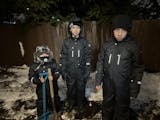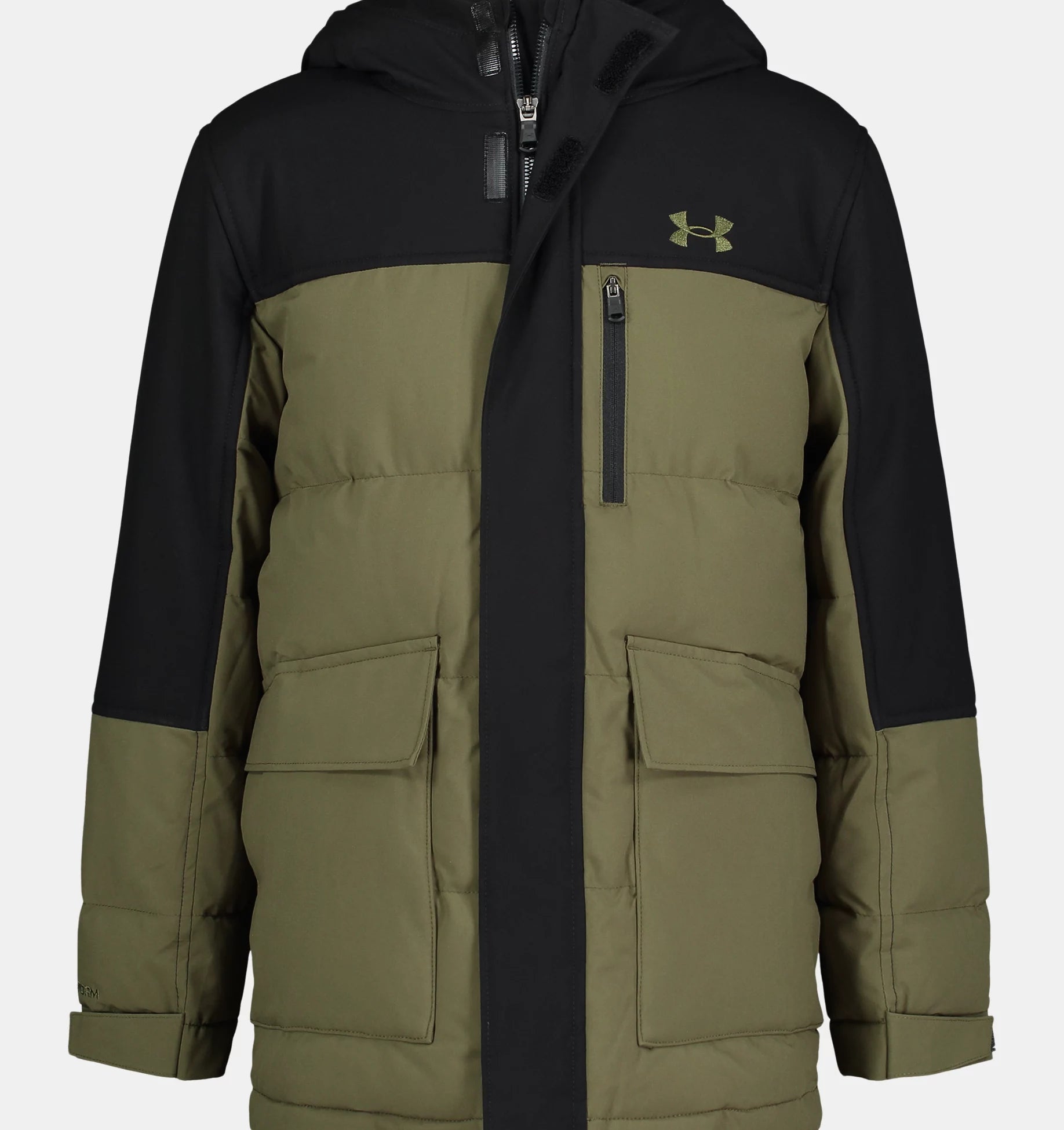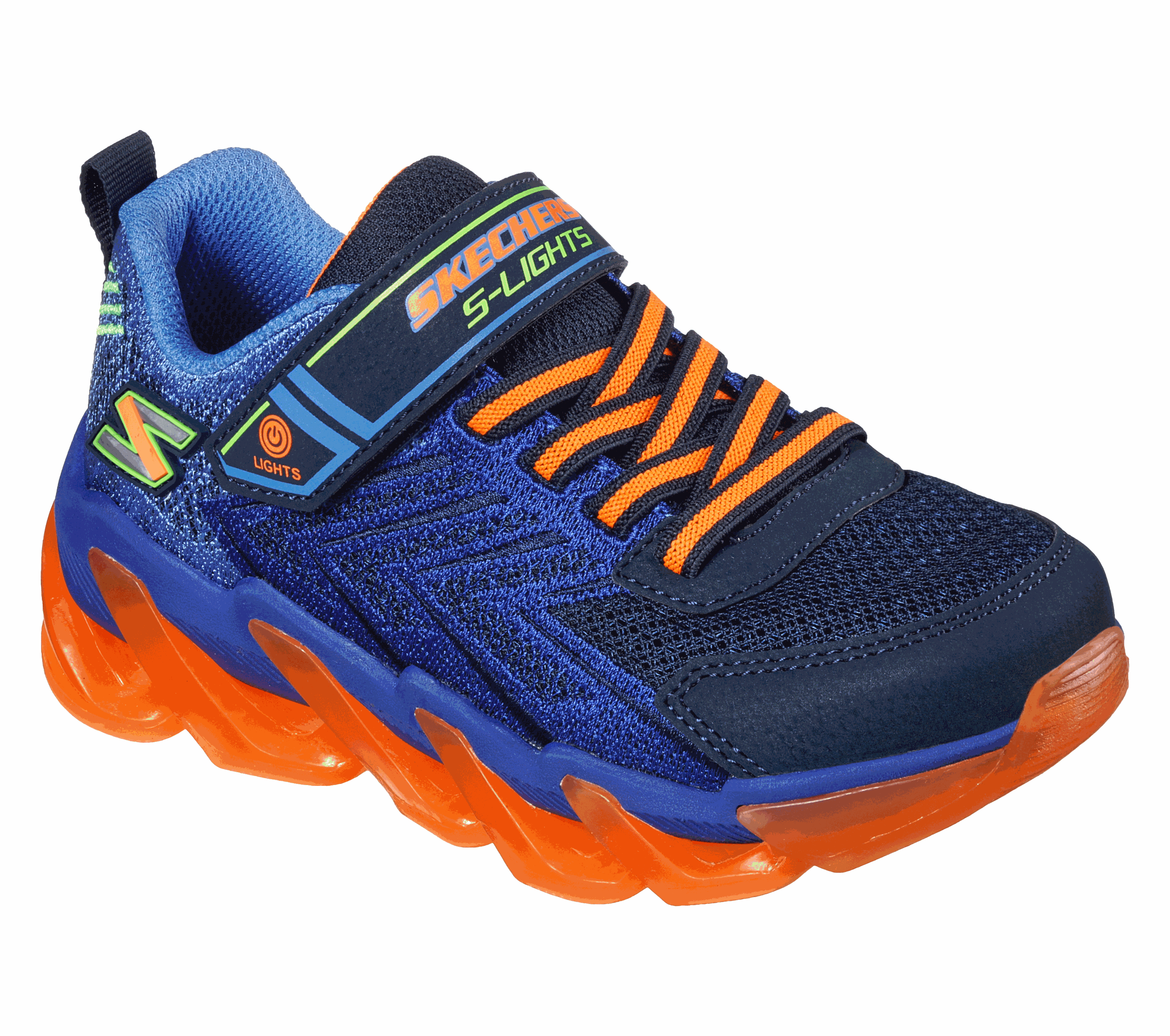Knitting a baby blanket is a thoughtful, practical, and rewarding project that makes for a cherished keepsake. Whether you're a beginner or an experienced knitter, creating a handmade blanket allows you to craft something soft, warm, and full of love for a little one.
In this comprehensive guide, you'll learn how to knit a baby blanket step by step, along with tips, materials needed, and answers to frequently asked questions. Let's get started!
Why Knit a Baby Blanket?
Knitting a baby blanket is a great beginner-friendly project with many benefits:
-
Handmade with Love – A knitted baby blanket is a personal and meaningful gift for a newborn.
-
Soft and Cozy – Choose high-quality yarn to create a warm and breathable blanket.
-
Customizable – Pick your favorite colors, textures, and patterns to suit the baby's nursery.
-
Relaxing Hobby – Knitting has therapeutic benefits, reducing stress and improving focus.
For inspiration and baby blanket ideas, check out Angel Dear Baby Blankets for soft, stylish, and high-quality baby blankets.
Materials You Need
Before you start, gather these essential materials:
-
Yarn – Choose a soft, baby-friendly yarn such as cotton, acrylic, or merino wool.
-
Recommended: Medium-weight (worsted) or bulky yarn for faster knitting.
-
Baby-safe brands: Bernat Baby Blanket, Lion Brand Baby Soft, or any hypoallergenic option.
-
-
Knitting Needles – The needle size depends on the yarn weight.
-
Recommended: US size 8-10 (5mm-6mm) needles for worsted-weight yarn.
-
Circular needles (24-36 inches) help hold large stitches comfortably.
-
-
Scissors – A sharp pair for cutting yarn cleanly.
-
Tapestry Needle – For weaving in loose ends.
-
Measuring Tape – To check dimensions as you knit.
-
Stitch Markers (optional) – Useful for tracking pattern repeats.
Step-by-Step Guide: How to Knit a Baby Blanket
Step 1: Choose a Simple Pattern
For beginners, garter stitch (knitting every row) is the easiest. If you want more texture, try stockinette stitch(alternating knit and purl rows) or a ribbed pattern.
Here are a few simple pattern options:
-
Basic Garter Stitch – Knit every row for a textured look.
-
Stockinette Stitch – Knit one row, purl the next for a smooth finish.
-
Seed Stitch – Alternate knit and purl stitches for a bumpy texture.
-
Basketweave – Alternating blocks of knit and purl stitches for a woven look.
Step 2: Cast On Stitches
The number of stitches depends on the blanket size and yarn weight. Here are common baby blanket sizes:
-
Receiving Blanket: 30" x 30" (76 cm x 76 cm)
-
Crib Blanket: 36" x 52" (91 cm x 132 cm)
-
Stroller Blanket: 30" x 40" (76 cm x 102 cm)
To calculate your cast-on stitches:
-
Knit a small swatch (4" x 4") and count stitches per inch.
-
Multiply by the blanket width (e.g., 5 stitches per inch × 30 inches = 150 stitches).
-
Use long-tail cast-on for a neat edge.
Step 3: Start Knitting the Blanket
Follow your chosen stitch pattern and knit until you reach the desired length. Here are some tips:
-
Keep an even tension to avoid uneven stitches.
-
Count stitches regularly to ensure no accidental increases or decreases.
-
If using multiple colors, carry yarn along the edge or weave in ends neatly.
Step 4: Bind Off and Finish
When your blanket is long enough, bind off loosely to maintain stretchiness.
Steps:
-
Knit the first two stitches.
-
Pass the first stitch over the second stitch.
-
Knit one more stitch and repeat until one stitch remains.
-
Cut the yarn, leaving a 6-inch tail, and pull it through the last loop.
Use a tapestry needle to weave in any loose ends for a clean finish.
Step 5: Blocking (Optional)
Blocking helps shape and relax stitches for a polished look. To block your blanket:
-
Wet the blanket with lukewarm water.
-
Lay it flat on a towel or blocking mat.
-
Pin it to the correct size and let it air dry.
Now, your handmade baby blanket is ready to be gifted or used!
Common Knitting Mistakes & How to Fix Them
1. Uneven Edges
-
Try using slipped-stitch edges (slip the first stitch of every row) for a neater border.
2. Accidental Increases/Decreases
-
Count your stitches at the end of each row to prevent losing or adding stitches unintentionally.
3. Tension Issues
-
If stitches are too tight, use larger needles. If too loose, go down a size.
4. Dropped Stitches
-
Use a crochet hook to pick up and fix dropped stitches quickly.
FAQs About Knitting a Baby Blanket
1. How long does it take to knit a baby blanket?
It depends on the size, stitch pattern, and your knitting speed. A simple garter stitch blanket can take 10-20 hours, while more complex patterns may take longer.
2. What is the best yarn for baby blankets?
Soft, hypoallergenic, and machine-washable yarns like cotton, acrylic, or bamboo blends are best. Avoid itchy wool or yarns with loose fibers.
3. How many stitches should I cast on for a baby blanket?
It varies based on yarn weight and blanket size. For a 30-inch blanket in worsted-weight yarn, cast on about 120-150 stitches.
4. Should I use circular or straight needles?
Circular needles are recommended for larger blankets to hold more stitches comfortably.
5. Can I knit a baby blanket if I’m a beginner?
Absolutely! Start with garter stitch and a simple square design to build confidence.
6. How do I make a baby blanket softer?
Choose a soft yarn and consider blocking after finishing to relax the fibers.
7. Can I mix different colors in my blanket?
Yes! Use striped patterns, color blocks, or gradients for a fun and creative design.
8. What size should a baby blanket be?
A standard baby blanket size is around 30" x 30" for easy portability.
Final Thoughts: Start Your Knitting Journey Today!
Knitting a baby blanket is a beautiful, heartfelt project that provides warmth and love for a little one. Whether you're knitting for your baby, a family member, or as a thoughtful gift, this guide will help you every step of the way.
For high-quality, ready-made baby blankets, check out Angel Dear Baby Blankets for soft, stylish, and durable options.
Happy knitting! 🧶💕




























